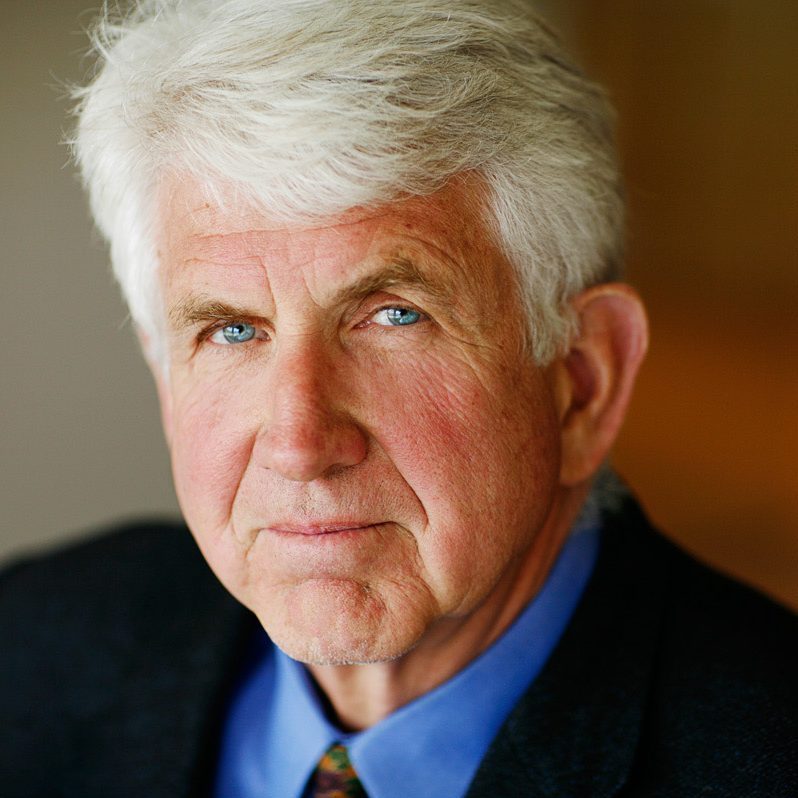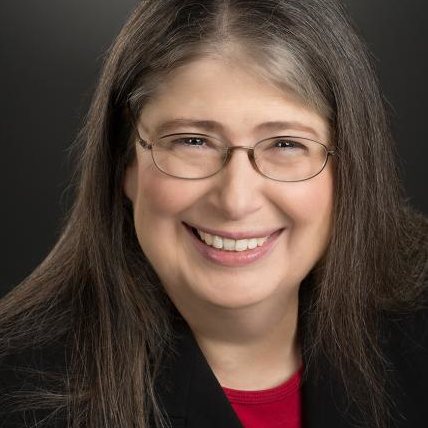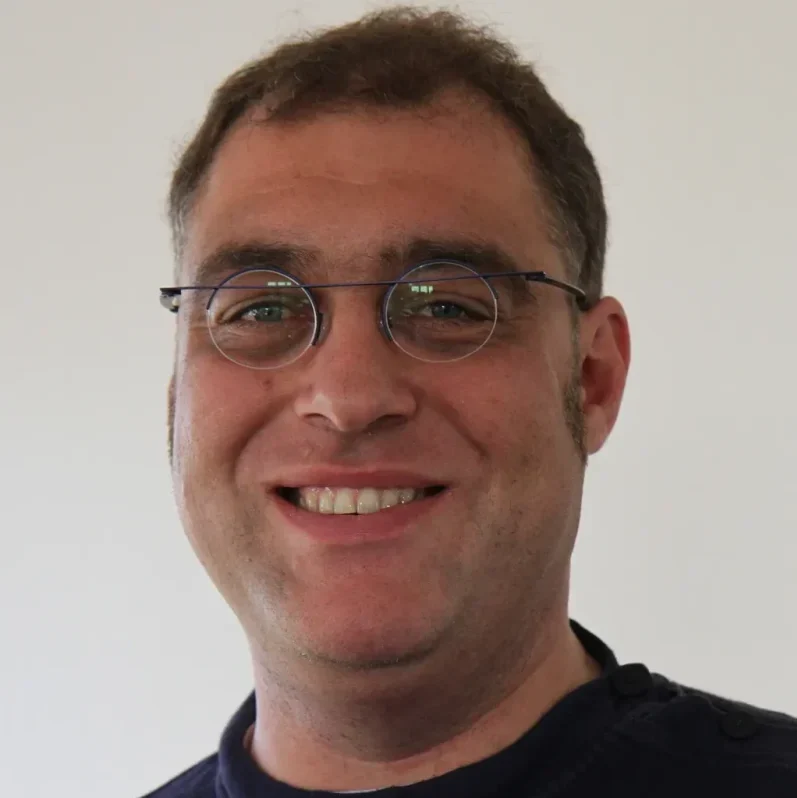
Robert Metcalfe
Computer Science & Artificial Intelligence Laboratory, Massachusetts Institute of Technology (MIT CSAIL), USA
Connectivity is a thing, is THE thing
The most important new fact about the human condition is that we are all now suddenly connected. Since October 1969, over five billion people (>65%) have suddenly connected to the Internet. Let Bob tell some stories from connectivity's waves since 1969. Stories about packet connectivity on the Arpanet, Alohanet, Ethernet, Internet, and World Wide Web. In such stories we are overwhelmed by waves of Internet. We deal with its various pathologies: hacking, pornography, advertising, ..., fake news. Connectivity is also full of opportunities, laws, surprises, and reversals. If we think the Megabit Internet was challenging, here comes the Gigabit Internet. And yes, artificial intelligence is involved.
Short bio: Internet pioneer, Ethernet inventor, 3Com founder, Turing Laureate, Robert Melancton Metcalfe has been on the Internet since 1970 at MIT, Harvard, Xerox Parc, Stanford, and 3Com. He has kept things interesting by entering a series of 10-year careers: scientist-engineer at Xerox, entrepreneur-executive at 3Com, publisher-pundit at IDG/InfoWorld, venture capitalist at Polaris Partners, innovation professor at the University of Texas at Austin, USA, and now computational engineer at the Computer Science & Artificial Intelligence Laboratory do Massachusetts Institute of Technology (MIT CSAIL), USA. Among the several awards he received throughout his career, he was awarded with the ACM A.M. Turing Award 2022, also known as the Nobel Prize of Computing, for the invention, standardization, and commercialization of the Ethernet.

Radia Perlman
Dell Technologies, Inc., EUA
The many faces of “identity”
People often assume that “the identity problem” is well understood, and that given the time that naming and authentication on the Internet have been in place, the world must have figured out how to do this (whatever “this” is) securely. So what exactly is “the identity problem”? For example, how does a website get a name, how does a website get a certificate, how does a browser know who to trust to sign certificates, how does a human know the name of a website, how does a human acquire a unique name and prove that they own that name? Surprisingly, there are problems with all of these aspects as they are implemented today. As with most security problems, some people propose using blockchain as “the solution”. This talk will describe which aspects of blockchain of identity and authentication can be addressed and will compare an approach blockchain com o que é implantado hoje.
Biography: Radia Perlman played a crucial role in the growth and development of the Internet. Her best-known contribution is the Spanning Tree Protocol (STP), que transformou a Ethernet de uma tecnologia limitada a algumas centenas de nós confinados em um único edifício em uma tecnologia que pode criar grandes redes com centenas de milhares de computadores. Ela também trouxe contribuições fundamentais ao roteamento da Internet, fazendo com que ele se tornasse mais resiliente, escalável e fácil de gerenciar. Os protocolos que ela projetou nos anos 1980 permanecem amplamente implantados ainda hoje. Considerada “a mãe da Internet”, Radia Perlman obteve seu Doutorado em Ciência da Computação em 1988 pelo Massachusetts Institute of Technology (MIT), EUA com foco na resiliência de redes, tendo sido autora de “Interconnections”, conhecido livro sobre roteamento e pontes de redes, e coautora de “Network Security”, sobre criptografia e como ela é utilizada em redes. Ela continua a trazer contribuições à indústria em protocolos de rede e segurança de rede, possuindo mais de 200 patentes nos EUA. Suas muitas honrarias incluem a inclusão na National Academy of Engineering dos EUA e no Internet Hall of Fame, além de prêmios da SIGCOMM da ACM e da USENIX. Atualmente, ela trabalha na Dell Technologies, Inc., nos EUA e é membro da ACM e da IEEE.

Guillaume Pierre
University of Rennes, France
Fog computing, from smart city services to natural environment monitoring
Fog computing technologies were created as a way to extend cloud data centers with additional computing, storage and communication resources in close proximity of the sources of data. In this keynote, Guillaume will briefly present how these technologies were developed and utilized to support the creation of innovative services in the context of smart cities. He will then discuss how these technologies can also be relevant in other domains such as the scientific observation of natural environment. Scientists such as biologists, botanists and hydrologists, like to design "observatories" to monitor a zone of particular interest from the points of view of their different scientific disciplines. They follow a data-driven approach based on a variety of sensors or actuators deployed in the natural environment, coupled with different techniques to report the produced data to a public or private cloud for further analysis. The constraints which stem from the specificities of such observatories however deviate from traditional IoT use-cases deployed in urban environments.
Biography: Guillaume Pierre is a Professor in Computer Science at the "University of Rennes, France. His main interests are Fog Computing, Cloud computing, and all other forms of large-scale distributed systems. He took part in several national and European projects and acted as the coordinator of the "FogGuru H2020 Maria-Sklodowska project. He is also the leader of the Magellan research team at Inria/IRISA. He holds a PhD degree from Université d'Evry-val d'Essone, France, and spent 13 years at the VU University Amsterdam, Netherlands.



